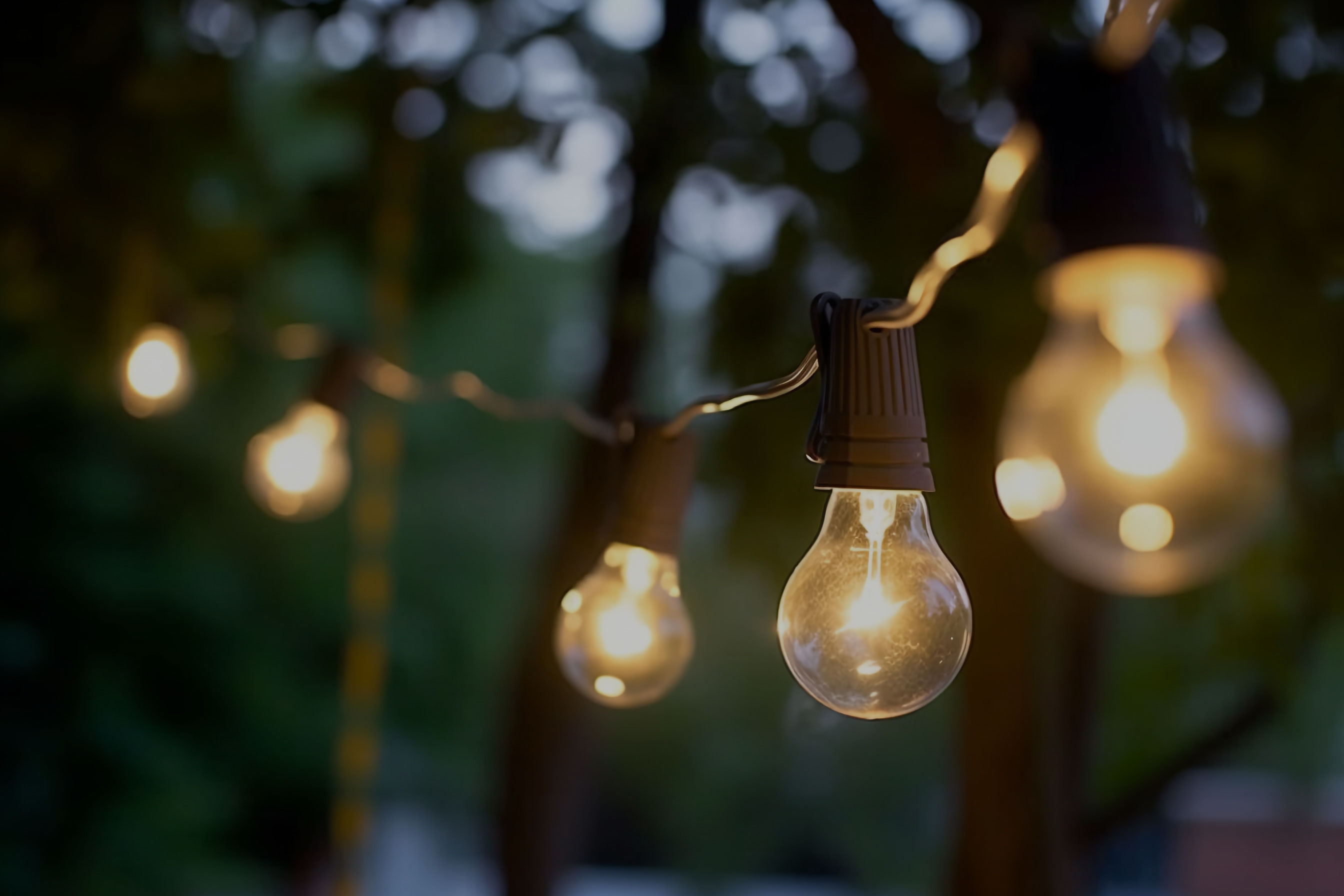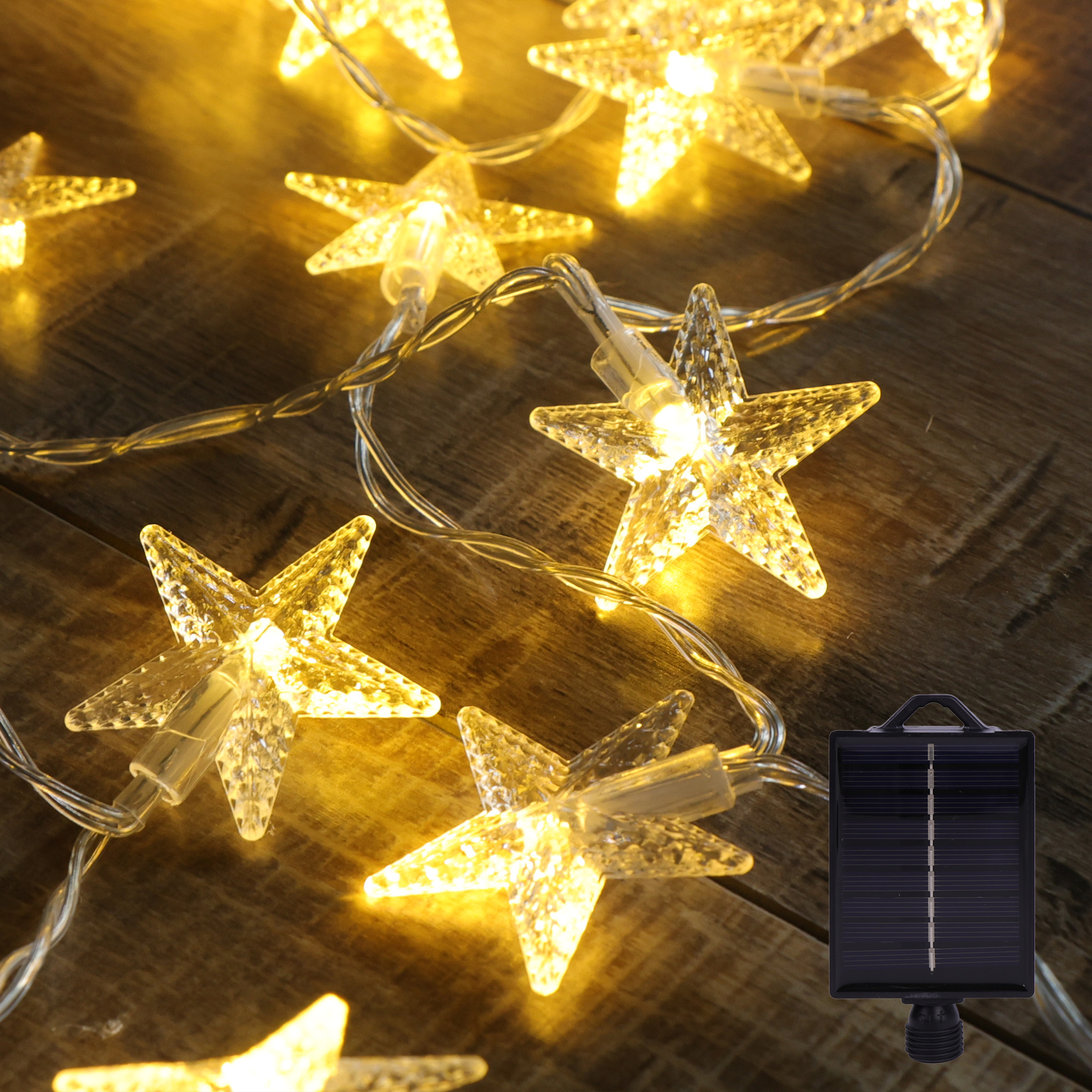
The Ultimate Guide to Hanging Yard Lights and Outdoor LED Hanging Lights
Walk you through everything you need to know about choosing, installing, and maintaining hanging lights for your outdoor space.
Transform Your Outdoor Space: The Ultimate Guide to Hanging Yard Lights and Outdoor LED Hanging Lights
Outdoor lighting plays a crucial role in enhancing the beauty, functionality, and security of your property. Whether you're hosting a summer barbecue, enjoying a quiet evening under the stars, or simply want to add a touch of elegance to your backyard, hanging yard lights and outdoor LED hanging lights are among the most versatile and impactful solutions available.
In this comprehensive guide, we’ll walk you through everything you need to know about choosing, installing, and maintaining hanging lights for your outdoor space. By the end, you'll be fully equipped to transform your yard into a breathtaking nighttime retreat.

Why Choose Hanging Yard Lights?
Hanging yard lights are a timeless choice for illuminating outdoor spaces. These lights dangle elegantly from structures like pergolas, trees, fences, or poles, creating a warm, inviting ambiance. But beyond aesthetics, they offer several practical advantages:
- Even Light Distribution: Hanging lights provide consistent and gentle illumination across wide areas, unlike spotlights which can create harsh shadows. This makes them perfect for social spaces where people gather.
- Versatile Design: From vintage-style lanterns to sleek modern string lights, hanging lights come in a variety of styles to suit any backyard theme. You can choose materials such as metal, glass, or weatherproof plastic, and select from warm to cool light tones to set the right mood.
- Enhance Property Value: Well-designed outdoor lighting can increase your home’s curb appeal and make it more attractive to potential buyers. Outdoor lighting is considered one of the top features that homebuyers look for in a property.
- Create Focal Points: Hanging yard lights can be used to highlight specific areas like seating arrangements, garden sculptures, or water features, helping to visually organize your space.
- Extend Usability: With adequate lighting, your backyard becomes an extension of your living space, allowing you to enjoy it long after the sun goes down.
Benefits of Outdoor LED Hanging Lights
Outdoor LED hanging lights are a smart investment for anyone looking to combine style with sustainability. Here are the core benefits:
- Energy Efficiency: LED lights use a fraction of the power consumed by incandescent or halogen bulbs. This can translate into significant savings on your utility bills, especially if the lights are used regularly.
- Long Lifespan: LED bulbs can last anywhere from 25,000 to 50,000 hours. Compared to traditional bulbs that may only last 1,000 to 2,000 hours, this is a game changer. Less frequent replacements mean less maintenance and lower long-term costs.
- Durability: LEDs are more resistant to physical impacts, weather changes, and UV exposure. They’re made without fragile filaments or glass, making them ideal for outdoor environments that experience rain, snow, or wind.
- Eco-Friendly: Because they consume less energy and last longer, LEDs reduce waste and greenhouse gas emissions. Many LED lights are also recyclable.
- Consistent Brightness and Color Options: Unlike older technologies, LEDs don’t dim significantly over time. Plus, they come in a wide range of color temperatures and RGB options, allowing you to customize the mood of your yard.
- Low Heat Emission: LEDs remain cool to the touch, reducing the risk of fire hazards and making them safe for areas where children or pets may be present.
Popular Types of Hanging Yard Lights
Choosing the right type of hanging yard lights depends on your taste, yard design, and functional needs. Here are some of the most widely used types:
String Lights: Often called cafe or bistro lights, string lights are perfect for draping between trees or across patios. They're great for creating a romantic or festive atmosphere.
Lantern-Style Hanging Lights: These are usually decorative and provide a nostalgic or rustic touch. You can hang them from tree limbs or shepherd’s hooks to create a cozy, storybook garden feel.
Pendant Lights: These lights hang down from a single point, similar to indoor lighting, and are ideal for covered outdoor spaces such as porches, patios, or outdoor kitchens.
Solar-Powered Hanging Lights: With built-in solar panels, these lights charge during the day and light up at night without needing a wired power source. They're environmentally friendly and perfect for areas without outlets.
Outdoor Chandeliers: Elegant and dramatic, these are best suited for larger covered spaces. Look for weather-rated versions with sealed bulbs and moisture-resistant finishes.
Mason Jar Lights: A popular DIY or farmhouse-style option, mason jar lights can be customized with fairy lights or candles to give a personal touch.
How to Plan Your Outdoor Lighting Layout
Before purchasing and installing your hanging lights, it’s important to create a detailed plan. Here’s how:
- Identify Key Zones: Break your yard into sections such as dining areas, lounging zones, garden paths, and focal points. Decide what kind of mood or functionality each area requires.
- Sketch a Layout: Use graph paper or digital design tools to sketch a scaled version of your yard. Mark permanent structures and indicate where you want to place lights.
- Choose Hanging Points: Select anchor points like tree branches, pergolas, fences, or poles. Determine if you need to install new poles or supports.
- Measure Distances: Accurately measure the distance between hanging points and the height at which you want your lights to hang. Include extra length for draping.
- Decide on Power Source: Consider the location of outdoor outlets or plan to use battery-operated or solar-powered lights. You may need to install additional GFCI outlets.
- Test the Layout: Temporarily hang the lights using zip ties or tape to see how they look. Make adjustments before finalizing your installation.
Step-by-Step Installation Guide
Installing hanging yard lights may sound daunting, but it’s manageable with a bit of planning and the right tools. Here's how to do it:
Tools Needed:
- Outdoor-rated LED hanging lights
- Hooks or cup screws
- Cable ties or guide wires
- Outdoor extension cords
- Drill and bits
- Ladder and tape measure
Installation Steps:
- Plan the Route: Confirm the desired layout and make sure your hanging points can support the weight.
- Install Hanging Hardware: Drill hooks or screw eyes into walls, posts, or trees. For long spans, use guide wires to prevent sagging.
- Secure the Lights: Start at the power source and work your way out, draping and securing the lights with zip ties or hooks.
- Test as You Go: Plug in sections as you hang them to ensure everything is working.
- Hide Cables: Use cord covers or run wires along inconspicuous paths to maintain a tidy appearance.
- Final Inspection: Check for secure connections, safety clearances, and proper lighting angles.
Creative Ways to Use Outdoor LED Hanging Lights
Outdoor LED hanging lights aren’t just functional—they can be a creative element in your landscape design. Here are some imaginative uses:
- Overhead Canopies: Drape lights across patios or decks in a crisscross pattern to create a ceiling of stars.
- Wrapped Trees: Wrap branches with string lights to highlight their shape and add sparkle to your garden.
- Mason Jar Chandeliers: Create a rustic chandelier using a wooden frame and mason jars filled with LED fairy lights.
- Floating Lights: Suspend waterproof LED orbs from tree limbs to create the illusion of floating fireflies.
- Fence Decor: Hang mini-lanterns or LED bulbs from fence posts for perimeter lighting.
- Seasonal Themes: Use color-changing LED lights to celebrate holidays like Halloween (orange), Christmas (multi-color), or Valentine’s Day (red/pink).

Maintaining and Troubleshooting Your Hanging Lights
Regular maintenance ensures your lights stay bright and beautiful year-round.
- Cleaning: Dust and dirt can accumulate on bulbs and fixtures, reducing brightness. Use a damp cloth to clean them periodically.
- Check for Wear: Inspect wires and connectors for wear, corrosion, or fraying. Replace damaged sections immediately.
- Replace Bulbs Promptly: When a bulb goes out, replace it with a matching LED to maintain even lighting and prevent electrical issues.
- Waterproofing: Ensure all plugs and connections are sealed with outdoor-rated weatherproof covers.
Troubleshooting:
- Entire strand not working: Check the fuse or power source.
- Partial outage: Look for loose or burnt-out bulbs.
- Dim lights: May indicate voltage drop or dirty lenses.
Top Safety Tips
Safety should always come first when working with outdoor electrical installations.
Use outdoor-rated extension cords and light strands.
Never daisy-chain too many lights together.
Keep cords off walkways to prevent tripping.
Install GFCI outlets for all outdoor power sources.
Avoid hanging lights near flammable materials like dry foliage or curtains.
Turn off the power when making adjustments or repairs.
Conclusion
When it comes to outdoor illumination, hanging yard lights and outdoor LED hanging lights strike the perfect balance between beauty, functionality, and efficiency. Whether you want to create a cozy ambiance for evening relaxation or need practical lighting for gatherings, these versatile lighting solutions can elevate your yard into a glowing retreat.
As you plan your lighting design, remember to prioritize durability, safety, and energy efficiency. By choosing high-quality outdoor LED hanging lights and installing them thoughtfully, you can enjoy your beautifully lit yard for years to come.
So go ahead—string those lights, hang those lanterns, and let your backyard shine!

.jpg?x-oss-process=image/resize,w_100/quality,q_100)
.JPG?x-oss-process=image/resize,w_100/quality,q_100)















.jpg?x-oss-process=image/resize,w_100/quality,q_100)






.JPG?x-oss-process=image/resize,w_100/quality,q_100)






























